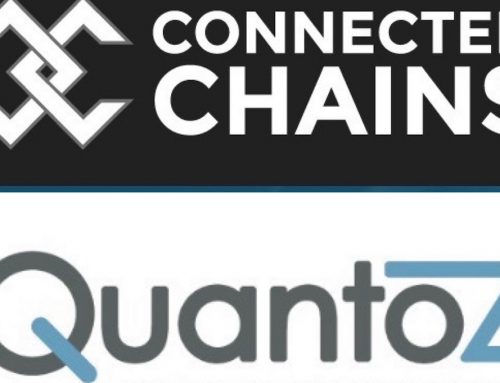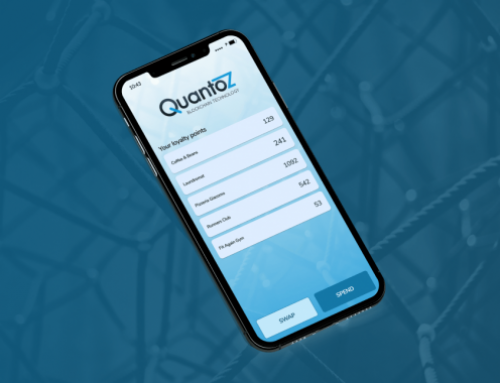Introduction
The National Institute of Standards and Technology (NIST) wrote back in 2008 that „A key strategy for a manufacturer seeking competitive advantage is to ensure all stakeholders rely on sharing a common product description throughout the product’s lifecycle. Detailed product information cannot be kept isolated within any single entity of the extended networked enterprise but must be shared in a collaborative and secure manner across the global enterprise and its extended value chain.“
At that time of writing, there was no blockchain technology (first bitcoin transaction was in January 2009). The blockchain technology provides the “source of trusted information” infrastructure for the whole value chain.
Goals
In a project for a leading manufacturer of special purpose devices, Quantoz implemented its Quasar blockchain technology not only to share information but also to achieve a better insight in costs and revenues that are achieved for every individual product.
Supply chains, increasingly have to deal with regulation. The Quasar blockchain holds the complete provenance details of each component of the product and is accessible by all involved parties, including authorities and/ or insurance companies. This creates a clarity and increases the transparency.
An immutable and auditable database, accessible by multiple parties enables also a full traceability of components and products in case of quality issues. Last but not least big data analysis on the Quasar ledger become possible questions like, which business models generated how much revenue and which components needed to be repaired? can be answered.
Scope
In this project, we looked at three of the five phases of the Generic Life Cycle of Products as defined by the NIST, namely Manufacturing, Transportation and Utilization:
1. Manufacturing
At the beginning of the manufacturing process, a digital wallet “P” is assigned to a product, i.e. by using the serial number as the wallet’s identifier. This wallet is funded by the corporate treasurer, enabling the product to pay for components, machine usage and labor workforce during the manufacturing.
Information about each production step (i.e. which materials and components were used and what were the results of a test) is saved in documents. These documents are stored on the Quasar blockchain ledger and are immutable. Access to this information is granted via the product’s wallet.
The results at the end of the manufacturing process are:
– Immutable and auditable “bill of material” for each individual product. This information increases the transparency for the end users and is an important step to fulfill compliance and regulation.
– Insight in production costs for each product for every step in the manufacturing process.
2. Transportation
The advantages of the blockchain in the supply chain were already described in several publications about the Quantoz project with BASF. In Supply Chain Quarterly, BASF stated “And because blockchain provides a transparent and immutable record of transactions that can be shared by a wide range of supply chain partners such as suppliers, customers, banks, and customs authorities, BASF also believes that the technology will improve business models and processes such as vendor-managed inventory, automatic customs clearance, and pay per use“.
All the information about the product is in the product’s wallet and is available for customs, distributors and authorities. Like in manufacturing, the product can pay the logistic services, warehouses etc. from it’s wallet.
3. Utilization
During the utilization phase, the product generates revenue. Business- or exploitation models, can vary from selling, renting or leasing the product to pay per use models. The digital wallet of the product enables full flexibility with regards to the deployment of new business models.
Because it is known which components are installed in which product over the whole life cycle – including every repair made and every spare part exchanged -, traceability in case of a safety issue or a production error can be done within minutes instead of days or weeks. A so-called push message to the product(s) in which the component is installed, immediately informs the possessor.
Costs for maintenance, materials, spare parts and product audits are still being paid by the product. At the end of the product life cycle, the treasurer defunds the wallet.
Why blockchain?
Clear benefits of using blockchain technology in this project are:
The product gets a digital identity. This identity can be used for secure communication purposes, like the exchange of information or a payment.
Secure data storage of components and usage are stored on the “source of truth”-blockchain. There is no need for a trusted authority.
The wallet with all the information collected during the product’s life cycle can also prove if a product was used in accordance with regulation and prevent that a product is (illegally) used after it has reached the end of the life cycle.




